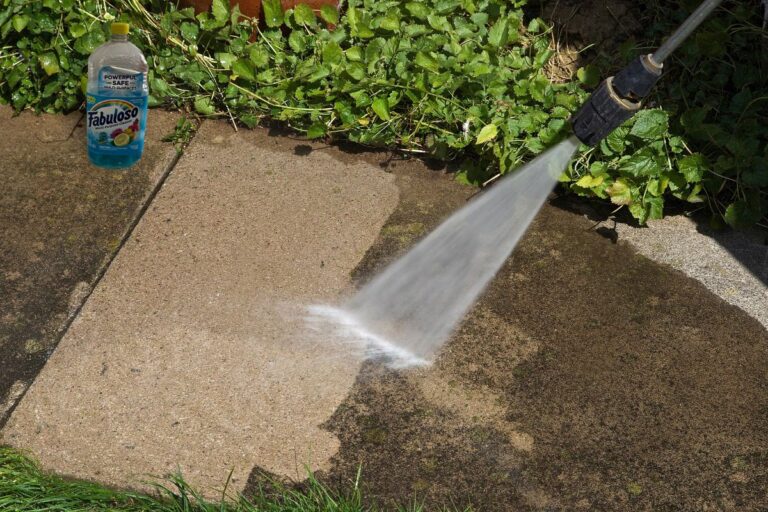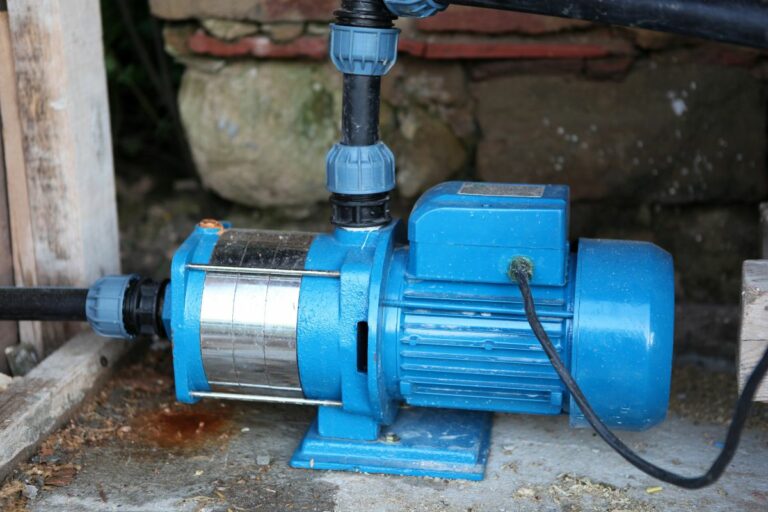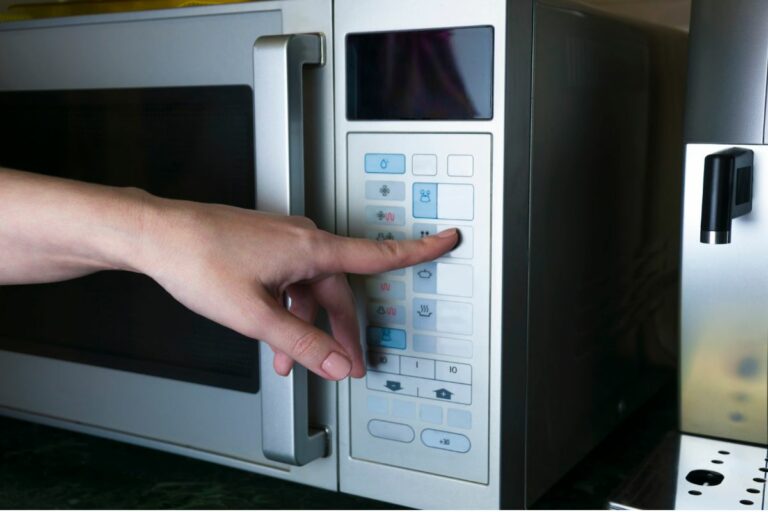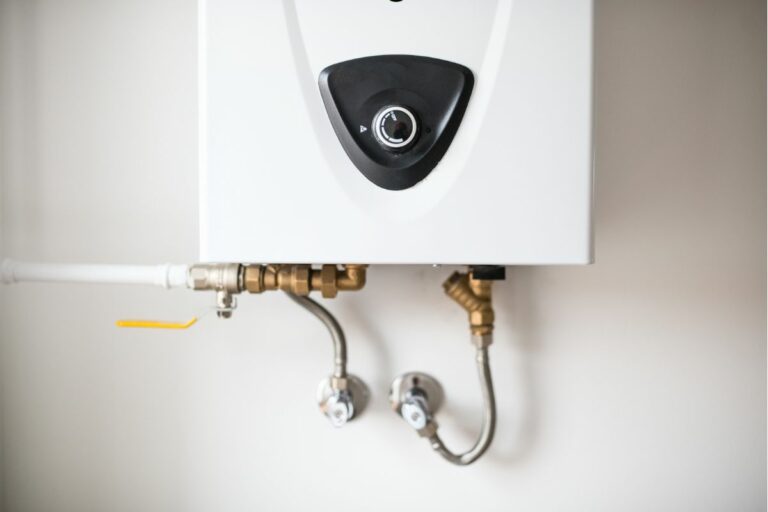Do light Bulbs Expire? Type, Storage & Shelflife Explained
All light bulbs have an expiry, and different makes and applications can affect how long they last when installed.
Lights bulbs do expire. Each type of light bulb will have a specific range of running hours marked by the manufacturer. The type, the application, and how long they are turned on will determine if they last longer than the hours specified by the manufacturer.
- Incandescent bulbs last approximately 1,000 hours.
- CFL Bulbs last between 8,000 and 20,000 hours.
- LED bulbs can last up to 50,000 hours.
In this article, we’ll explore if light bulbs can actually expire and what effects they may have on their lifespan. We’ll also discuss how you can make sure your lightbulbs are working efficiently for as long as possible.
Do Light Bulbs Expire?

Light bulbs are an essential part of our everyday lives, allowing us to see in darkness and illuminate our homes. But do light bulbs expire?
Light bulbs do expire, and their expiry is rated based on their usage hours. Incandescent light bulbs have a lifespan of around 1,000 hours.
It can be hard to tell when they lose their luminosity, similar to a flickering candlelight.
LED bulbs have become increasingly popular for their extended shelf life – in fact, some models boast up to 50,000 hours!
These long-lasting lights also use less energy than other varieties like fluorescent and halogen bulbs. However, even LEDs will eventually need replacing due to age or damage from heat or vibration.
When purchasing any kind of bulb, wattage is an important factor to consider. The higher the wattage rating the shorter its lifespan; however, you must adhere to current regulations for safety reasons too.
Regardless of type and make, it’s best practice to keep spare replacements handy just in case your bulb starts fading sooner than expected.
Lifespan Of Different Light Bulbs
There are several factors that can affect the lifespan of a light bulb, such as the wattage, voltage, and environment.
Incandescent light bulbs typically have a shorter lifespan than CFL or LED bulbs, averaging around 1,000 hours.
CFL and LED bulbs typically have a much longer lifespan than incandescent bulbs, with an average of 10,000 to 15,000 hours.
Heat can also cause light bulbs to burn out faster, so it’s important to make sure they’re not placed in an area with high temperatures.
Additionally, voltage fluctuations can cause bulbs to burn out more quickly if they’re not installed with voltage regulators.
Finally, the quality of the bulb itself will also have a significant effect on its lifespan.
Factors Affecting Lifespan Of Light Bulbs
When it comes to light bulbs, there’s a lot to consider when looking at their lifespan. Fluorescent light bulbs have been around for quite some time and they’ve become an integral part of the lighting industry.
But while they may last longer than traditional incandescent bulbs, the fluorescent variety still has a shorter life span compared to LED or CFL lights. In fact, fluorescent bulbs can often fail within two years if used in areas with frequent on-off cycling.
This is why many businesses opt for more modern solutions like LEDs or Compact Fluorescents, which boast significantly longer lifespans, up to 10 times that of fluorescents! Thus ensuring continuous operation and reduced maintenance costs down the road.
With all these options available, it’s important to know what type of bulb will best suit your needs so you don’t waste money by having to replace them sooner than expected.
Lifespan Of Incandescent Light Bulbs
When it comes to lifespan, incandescent light bulbs are the least reliable of the bunch. With a typical life span of only 750-2,000 hours, they have to be replaced more often than CFLs or LEDs.
This means you’re likely to experience frequent maintenance costs and downtime as these bulbs need replacing regularly.
That’s why many businesses opt for longer lasting solutions like LED or Compact Fluorescent lights instead.
Not only do they last much longer but their cost savings over time make them an even better choice in the long run!
Plus, if used correctly with appropriate dimmers and special fixtures, their quality of light is just as good as traditional incandescents, so there’s no sacrifice on that front either.
So when considering your lighting needs, don’t forget about these newer options – after all, everyone wants a hassle-free setup without constantly having to replace bulbs every few months!
Lifespan Of CFL And Led Light Bulbs
CFLs and LEDs are the way to go if you want a longer-lasting solution.
CFL bulbs typically last 8-15 times as long as incandescents, with an average lifespan of 6,000 – 15,000 hours.
LED lights have even more impressive lifespans, ranging from 25,000 – 50,000 hours! That means you won’t have to worry about replacing them for years or even decades. Plus their energy efficiency makes up for any initial costs in no time.
It’s also important to consider how these bulbs will be used when deciding which type suits your needs. If they’ll be on all day, every day, then LED would be the most economical choice since they’ll use less electricity over time than either incandescent or CFL.
However, if dimming capabilities are needed, then CFL might be a better option due to its wider range of brightness levels available (compared to LEDs).
You don’t have to sacrifice quality or convenience just because you’re choosing a bulb that lasts longer; both CFLs and LEDs can provide plenty of light while saving money and reducing maintenance costs in the long run!
Do Light Bulb Flicker Before They Burn Out?
It’s no secret that light bulbs don’t last forever, but how do you know when they’re expiring? Many people wonder if there are any signs to look for before the bulb actually burns out.
Flickering can be an indication of a dying bulb.
Flickering is usually caused by loose connections in the socket or the fixture itself.
When this happens, electricity may not flow consistently through the lamp and will flicker intermittently.
Although some dimming fixtures might cause a similar effect, these lights should remain steady during normal operation while still providing a variable illumination level.
If your lightbulb suddenly starts flickering after being lit for a period of time, then it likely needs replacing soon.
To avoid having your lights go dark unexpectedly, check them regularly and replace them as necessary.
It’s important to use bulbs with recommended wattage ratings so that you won’t overload your sockets either; using lower wattages than recommended also runs the risk of early burnout due to the inadequate electrical current running through them.
Taking care of your lighting system properly can help ensure longevity and safety for everyone in your home or office space!
How Do I Stop My Light Bulbs From Flickering?
Light bulbs flickering can be annoying and distracting, but fortunately, there are several ways to stop your lights from flickering.
The first step is to check if the light bulb you’re using is compatible with your fixtures.
Using a bulb with a higher wattage than recommended for the fixture or an LED bulb in an old-style fluorescent fixture could cause the flickering problem.
Replace any incompatible bulbs with ones that match the specifications for your fixture.
Another potential cause of flickering is loose wiring connections in the fixtures themselves.
Check all wires in each socket and make sure they are securely connected – this will help keep electricity flowing smoothly through your lighting system and reduce flicker.
Additionally, replacing older wiring components with new ones can increase overall safety as well as prevent further problems down the line.
Finally, it may also be advantageous to invest in dimmer switches or motion sensors that control when lights turn on and off.
Having more control over how often (and at what intensity) lights operate can greatly reduce energy costs while eliminating irritating flickers due to sudden changes in voltage or current.
Are Flickering Lights Dangerous?
The flickering of a light bulb can be likened to the heart-stopping suspense of a horror movie.
It’s an unsettling experience that can cause a feeling of dread and unease, but are these lights truly hazardous? To answer this question, let’s take a look at some considerations.
| Potential Hazard | Possible Solution |
|---|---|
| Electrical Shock | If you suspect electrical shock, immediately unplug the affected device or turn off the circuit breaker for that circuit. Avoid touching any electrical components until the issue has been resolved by a qualified electrician. |
| Overheating | OVerhaeting can cause the bulbs to blow as the heat will melt the element that emits the light in the first place. |
| Fire Risk | Loose connections, frayed wires, and other damage can pose a significant fire hazard, so it’s important to address these issues immediately. A licensed electrician can inspect and make any necessary repairs or upgrades to prevent a potential fire. |
Poor electrical connections or wiring issues usually cause a flickering bulb; it could also mean too much voltage is running through the light fixture.
In either case, unplugging the lamp immediately can help avoid potential electrocution.
Furthermore, if you’re using incandescent bulbs, they may overheat due to excessive wattage causing them to flicker.
Consider upgrading your lighting with heat-resistant LED bulbs that won’t wear out as quickly. Lastly, check all wiring and connectors for any signs of damage or loose fittings, which could lead to fire risk.
Though unsettling, with proper precaution and maintenance, flickering lights don’t have to be dangerous.
By taking steps such as ensuring quality fixtures and regularly checking your wiring and connections, you can ensure not only safety but also peace of mind when it comes to your home’s lighting setup.
How To Make Light Bulbs Last Longer
When it comes to making light bulbs last longer, there are a few simple things you can do.
First, try to reduce the exposure of your lights to intense heat.
Heat is one of the main factors that speeds up the aging process for all lightbulbs, so keeping them away from direct sunlight or any other source will help extend their life.
Turn Off Light bulbs when Not in Use
Another way to make sure your LED lights last longer is by turning them off when they’re not in use.
This prevents the bulbs from burning out quickly and ensures that you get maximum performance over time.
It is better to turn it off when not in use. Although the bulb lasts more hours, it actually burns out in fewer days. For example, a bulb with a 5,000 lifespan will last 833 days if used 6 hours daily.
Purchase Bulbs With Heat Sinks
And if you want to be extra careful, you can also purchase LED bulbs with special heat sinks that provide additional protection against overheating.
The heatsinks will dissipate heat to the atmosphere and help keep the bulb cool while in operation, hence prolonging its lifespan.
Get Bulbs That Are Suited for The Application
Finally, it’s important to avoid running your LED lights on higher currents than recommended as this can lead to premature failure and decreased lifespan overall.
By following these simple tips, you should be able to enjoy your lighting setup for years to come – without having to worry about constantly replacing expired light bulbs!
How To Store Unused Light Bulbs
I think storing light bulbs in plastic wrap is a great way to keep them safe and secure.
Wrapping them in bubble wrap is also a good idea, as it can help prevent breakage.
If you want to be extra cautious with your bulbs, using egg cartons is a great way to go. That way, you can be sure that the bulbs won’t roll around and get damaged.
It’s also a good idea to label the bulbs, so you don’t forget what wattage they are. That way, you won’t get confused when you need to replace them.
Finally, make sure you store them in a cool, dry place – that’ll help the bulbs last longer.
Storing Light Bulbs In Plastic Wrap
Storing light bulbs in plastic wrap is a great way to keep them safe and secure while they are not being used.
The wrap will protect against dust and dirt and help ensure that the bulb remains intact until you’re ready to install it into your light fixture.
It’s important to note that this method works best with incandescent bulbs because LED lighting does not have fragile filaments like traditional types of bulbs do.
If you plan on storing LED lights for an extended period of time, bubble wrap or egg cartons are better suited for protecting the delicate electronic components from damage.
Wrapping Light Bulbs In Bubble Wrap
Wrapping light bulbs in bubble wrap is another great way to store them when they’re not being used.
Plus, wrapping your bulb with this type of material can protect against intense heat, which could otherwise cause a broken bulb if left exposed for too long.
In addition to its protective properties, using bubble wrap for storage is practical as well. It’s lightweight, cheap, and easy to find – making it an ideal choice for anyone looking to save space without sacrificing quality.
Just make sure you use enough layers to cover the entire surface area – one or two thin sheets won’t be able to completely shield against potential harm!
Using Egg Cartons For Light Bulbs
Storing light bulbs doesn’t have to be a hassle — egg cartons are an easy and effective way to ensure they stay safe while not in use.
Not only do the individual compartments provide cushioning, but they also keep your power source separate from any potential excessive heat, extending its lifetime rating.
Plus, each compartment is designed to hold multiple bulbs simultaneously, so you don’t have to worry about running out of space if you need more than one!
Storing in its Original Packaging
Storing light bulbs in their original packaging is another option as well, although it may not be practical if you need to store multiple bulbs at once.
No matter which storage option you choose, make sure it fits snugly around the bulb without putting too much pressure on any one part – otherwise, your bulb could end up broken before you even get a chance to use it!
How To Dispose Of Blown Light Bulbs
As the old saying goes, ‘When one door closes, another opens.’ The same is true regarding light bulbs: When a bulb has reached the end of its lifetime, getting rid of it safely and responsibly should be your top priority.
Here are some tips for disposing of blown-out light bulbs in an eco-friendly way:
Recycle –
Many areas have local recycling centers that will take burnt-out bulbs so they can be disposed of properly. They may also accept other household items, such as batteries and plastics.
Reuse –
If the bulb is still intact but no longer emits light, you can use them for craft projects or decorations around your home. You could even give away any extra ones to friends who might need them!
Donate –
Some charities will gladly take donations of burned-out lightbulbs to help those in need. It’s a great way to make sure these materials don’t go to waste.
Repurpose –
Bulbs that are broken or damaged can still be repurposed into something new, like a terrarium or bird feeder. This is both cost-effective and environmentally friendly!
No matter what you decide to do with your expired light bulbs, it’s important to remember that proper disposal is key.
Taking care not only ensures safety but also helps protect our planet from further harm due to hazardous materials entering landfills or water systems.
The Takeaway
Light bulbs can be both a blessing and a curse. On the one hand, they provide us with much-needed illumination in dark places; on the other hand, they seem to burn out as soon as you replace them!
But don’t let this discourage you – there are ways to make light bulbs last longer and prevent flickering before they burn out. With proper storage, maintenance, and disposal of your old bulbs, you’ll have more time to enjoy their light without worrying about replacing them all the time.
So go ahead and switch those lights on – worry-free!






